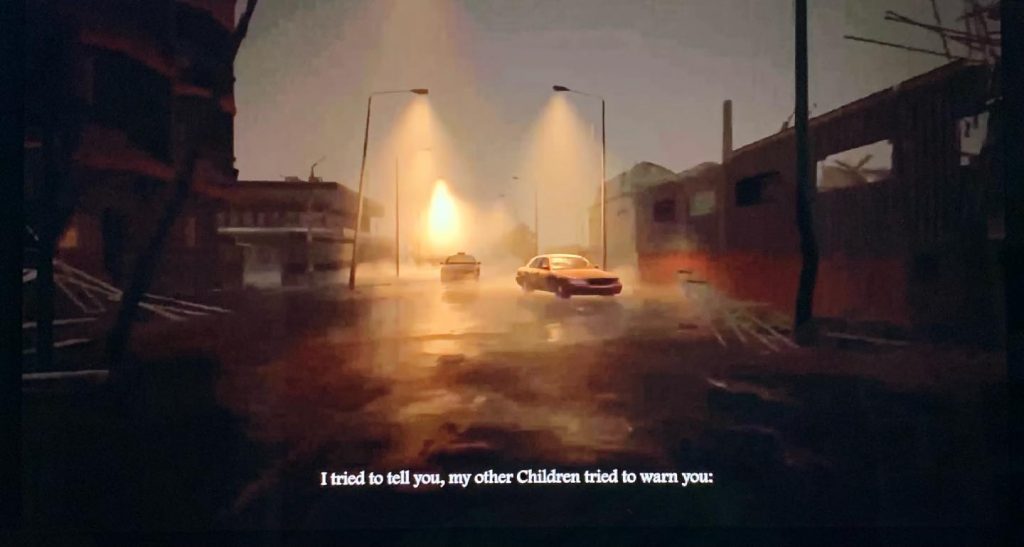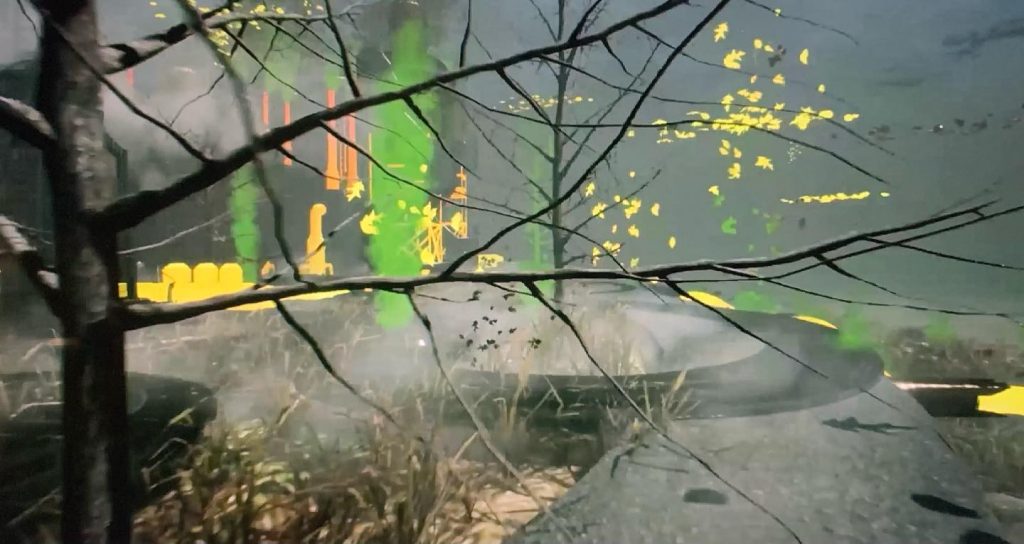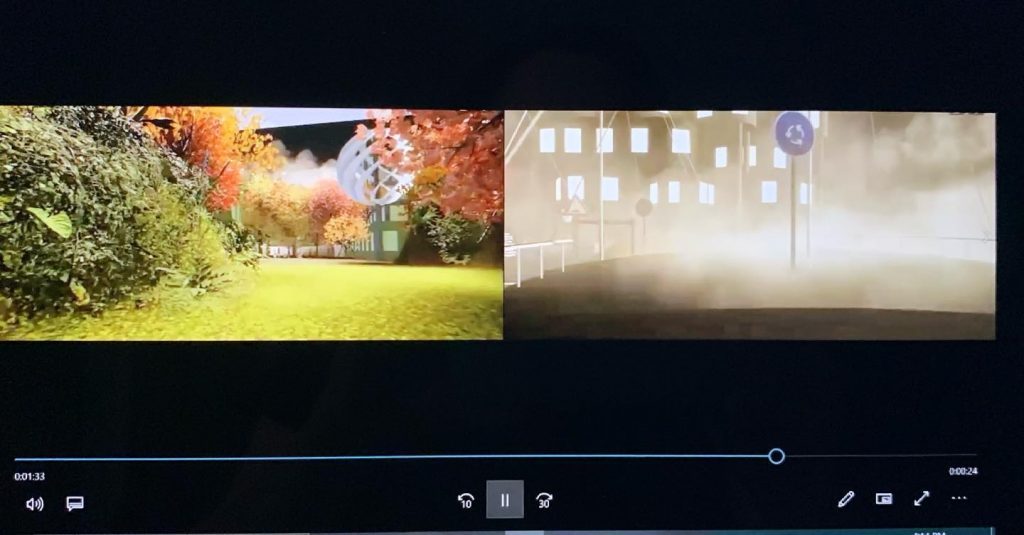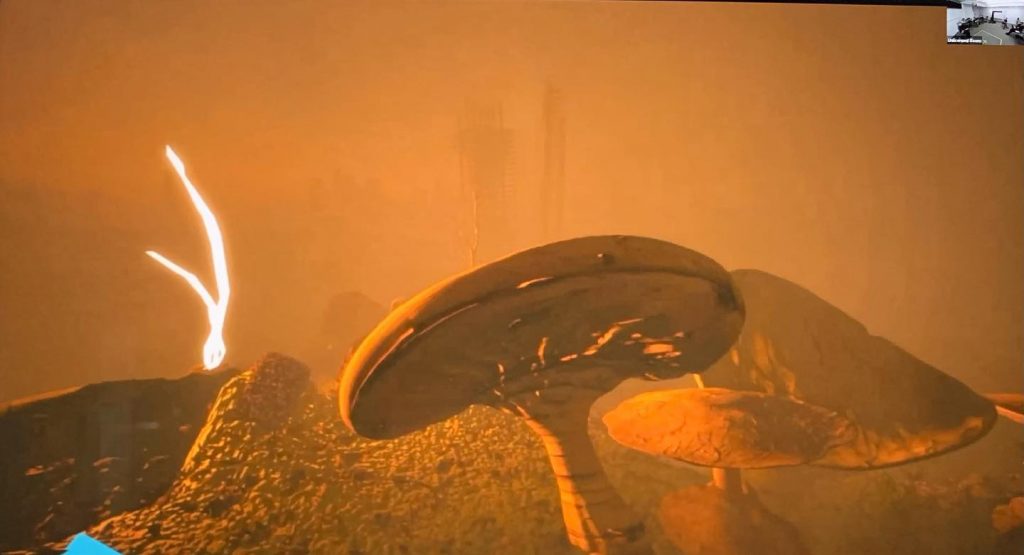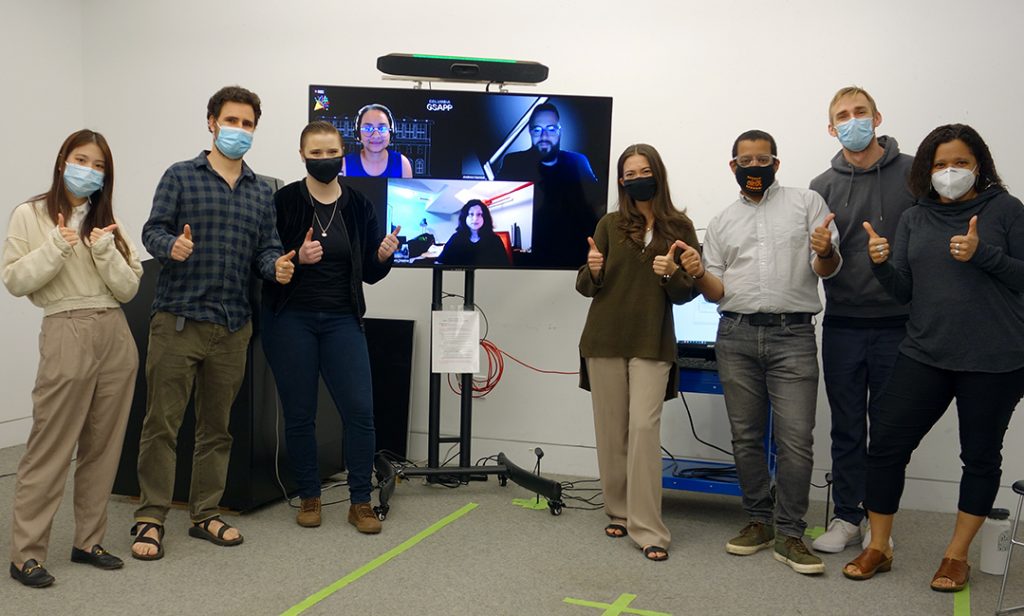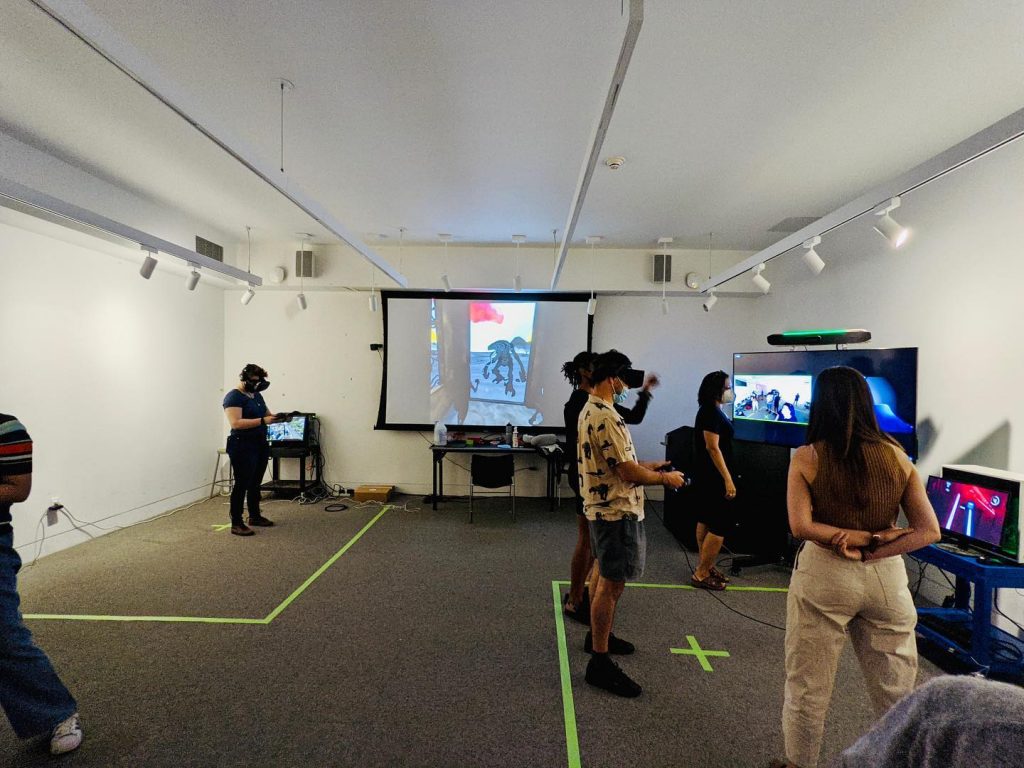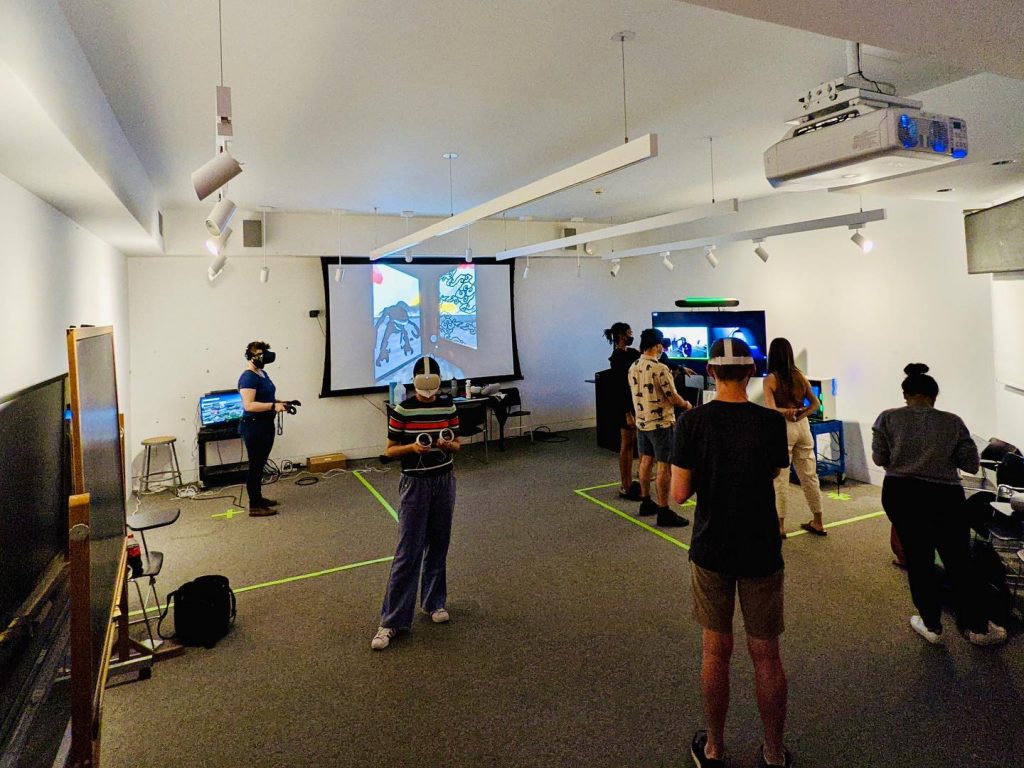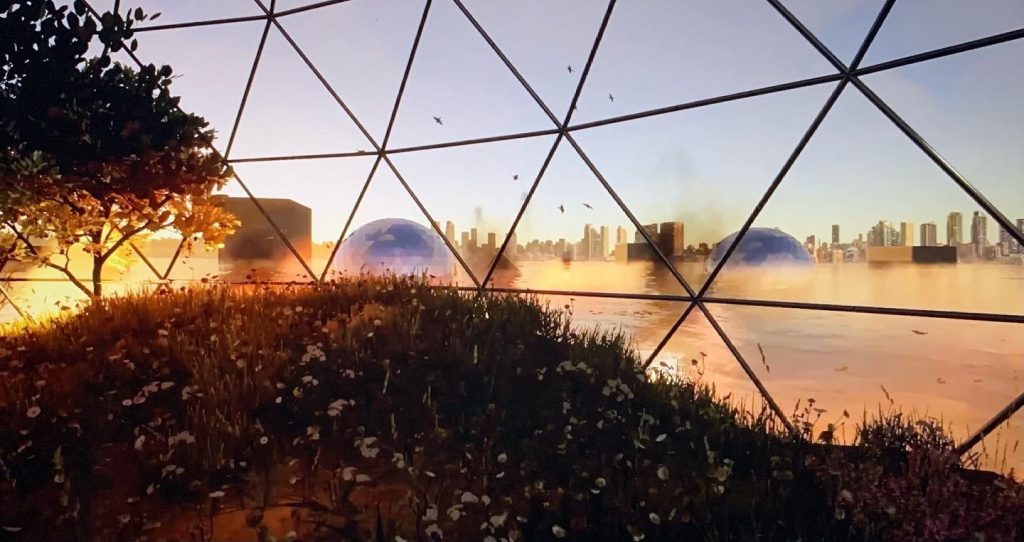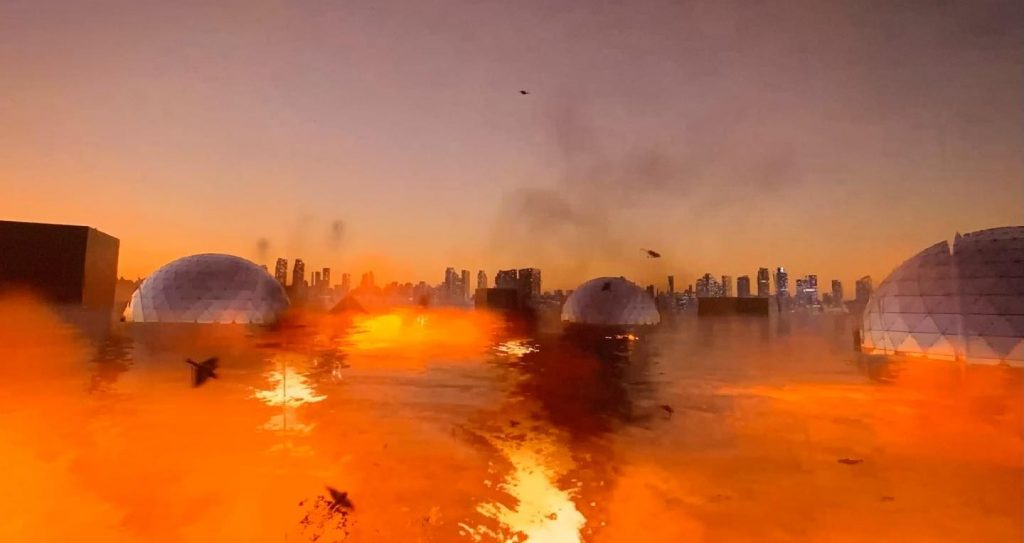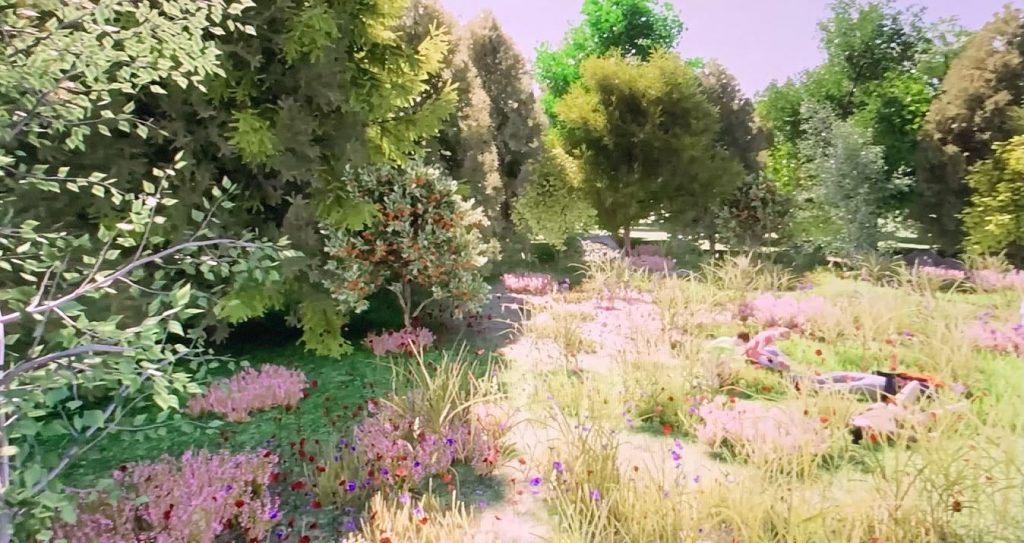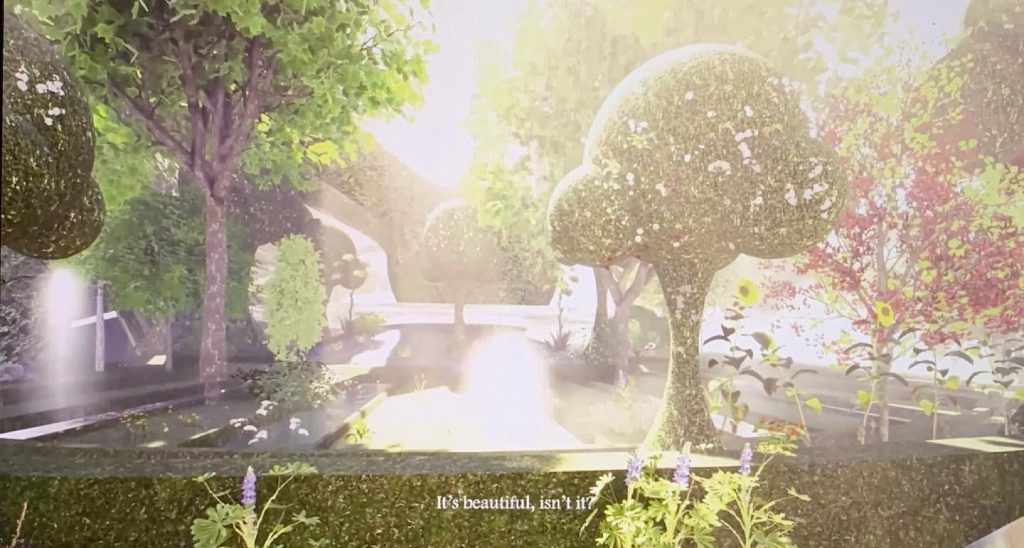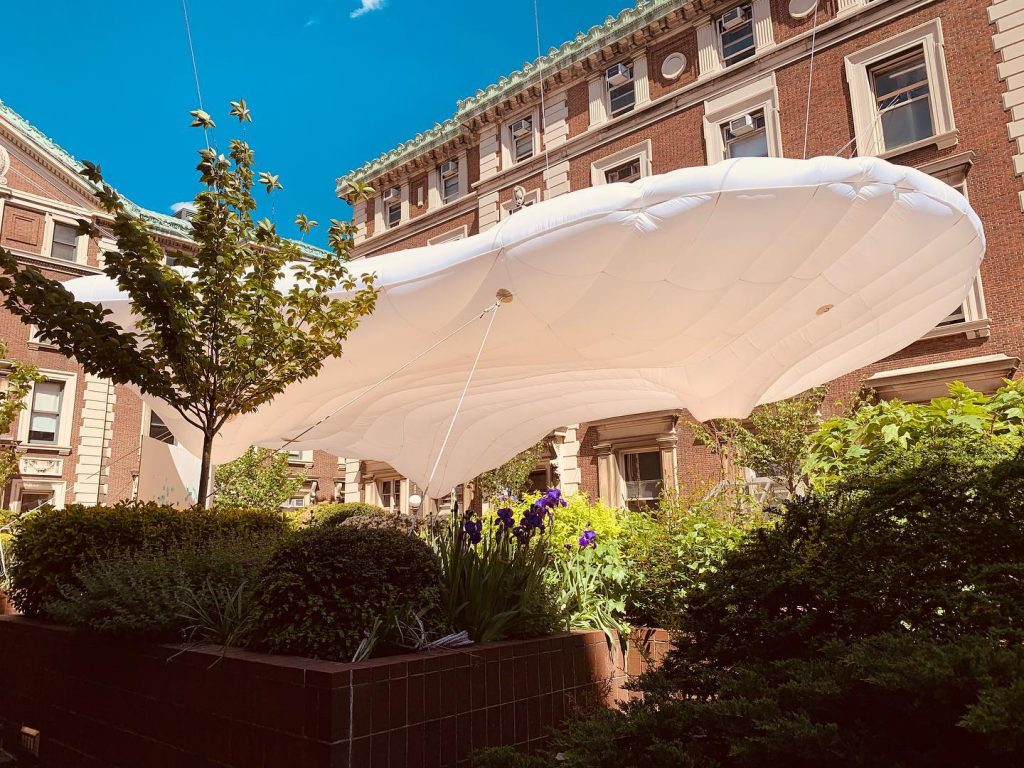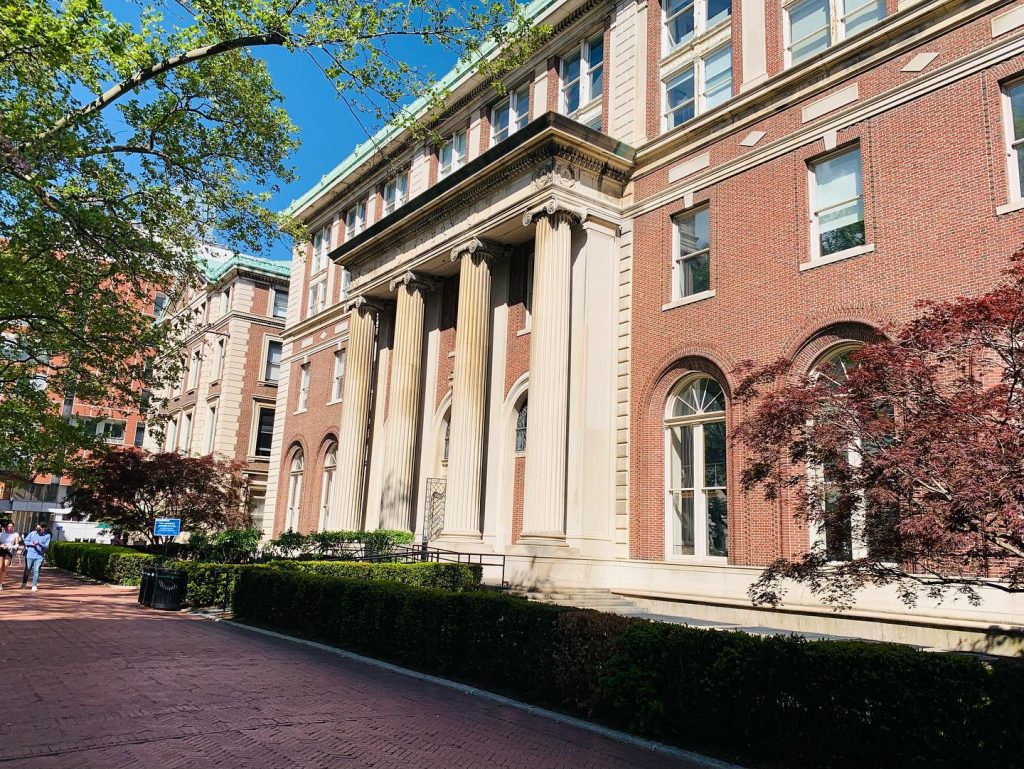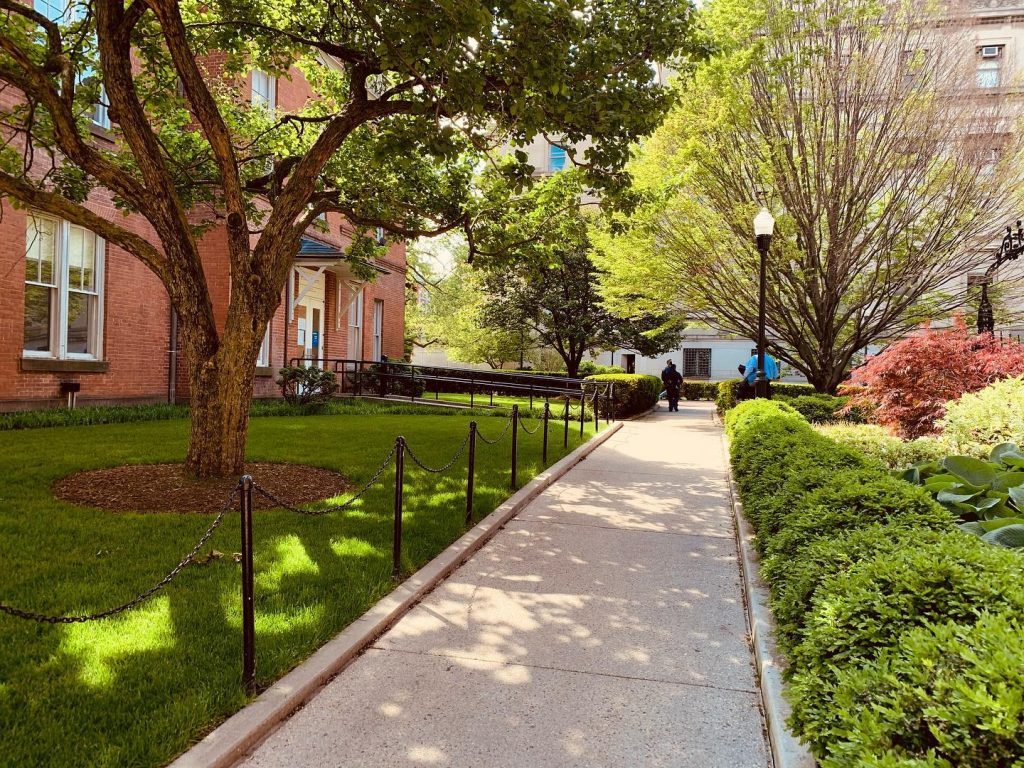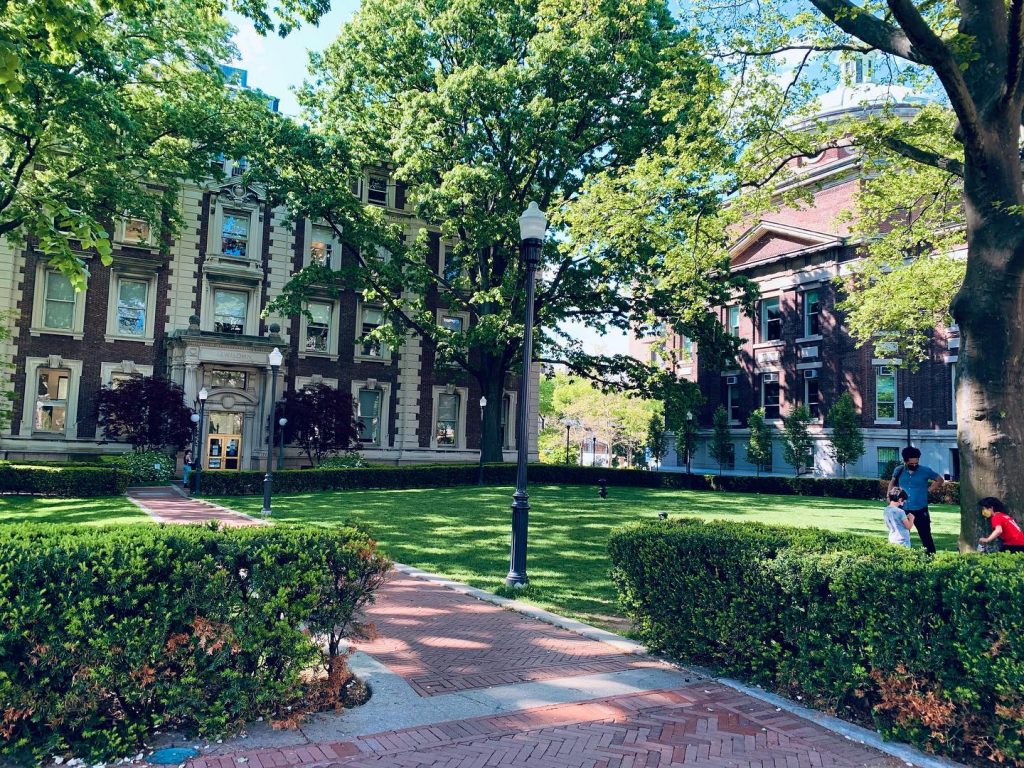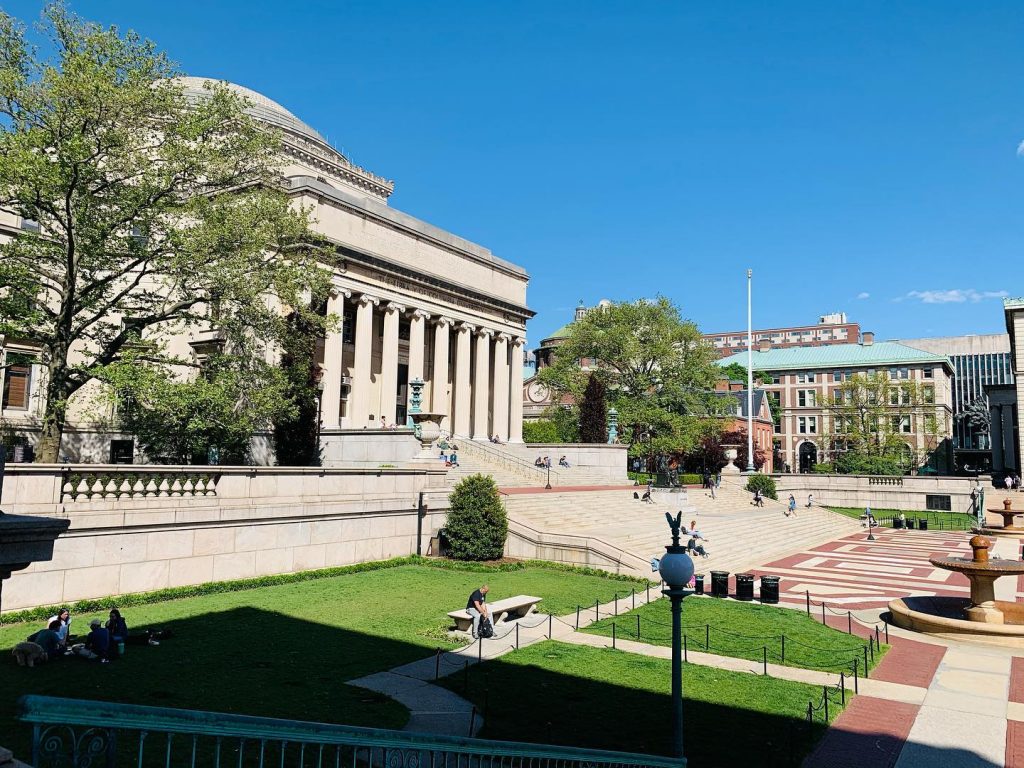Studioteka’s Envisioning Climate VR Summer Workshop at Columbia GSAPP!
Check out some highlights as well as the final projects. Congrats to this talented group for a job well done!
June 22, 2021
Student work from our Envisioning Climate summer VR workshop led by Vanessa Keith and Andrew Homick is now up on YouTube and the Columbia GSAPP website, check it out! So proud of this fantastic group and what they were able to achieve in only two short weeks. Thanks and appreciation go out to Josh Jordan and everyone at the shop who got a fantastic space set up for us in record time. What’s next for Studioteka and VR? Watch this space!
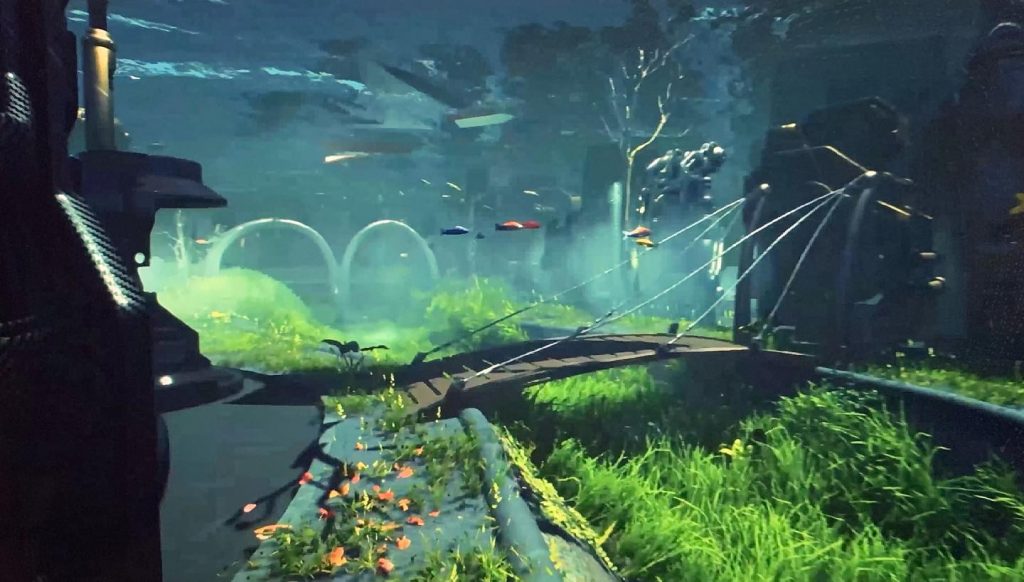
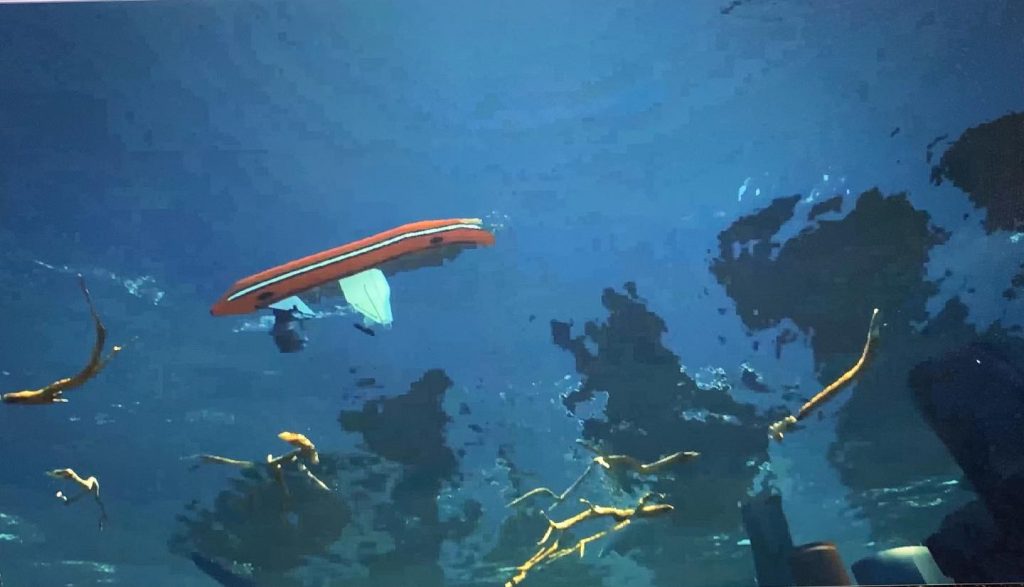
This workshop focused on a Superfund site adjacent to the Gowanus Canal in Brooklyn (see case study in 2100: A Dystopian Utopia –The City After Climate Change) in looking at how various warming scenarios would impact New York City. The workshop explored the persuasive power of VR and created immersive experiences aimed at spurring people towards empathy as well as action. For students, this experience was intended to spark innovation while also preparing them to become civically engaged professionals at this pivotal moment in our collective history. Each group was asked to prepare an experience showing different alternate realities on the site. The scenarios portrayed in each piece show the same site transformed by different choices—ones that we are actively in the process of making in the present.
Decisions we make now have as their end result anywhere from 1°C to 6°C of warming. But what does that actually look like? Students were asked to consider how the immersive environments they were creating would shift between different states, for instance, a one degree vs. a four degree world. Each group also chose from a series of environmental challenges (hurricanes, wildfires, flooding, etc.) loosely organized by element (fire, air, water, and earth), selecting two of these as anchors. They were asked to reference the book, Six Degrees, by Mark Lynas, which goes back in the fossil record to paint a vivid and often disturbing portrait of a hotter Earth. They were also assigned works of speculative climate fiction, New York 2140 and Aurora, by Kim Stanley Robinson, which portray vivid imaginings of potential futures. Will we escape in search of another planet? Will we see the ruins of partially submerged buildings in New York City with rush hour traffic now on city waterways? Students were tasked with considering how their work might make people think differently about the impact of our actions in the present. They also considered how the use of nature within the experience might help to garner empathy for the natural world and the other species who inhabit our shared environment.
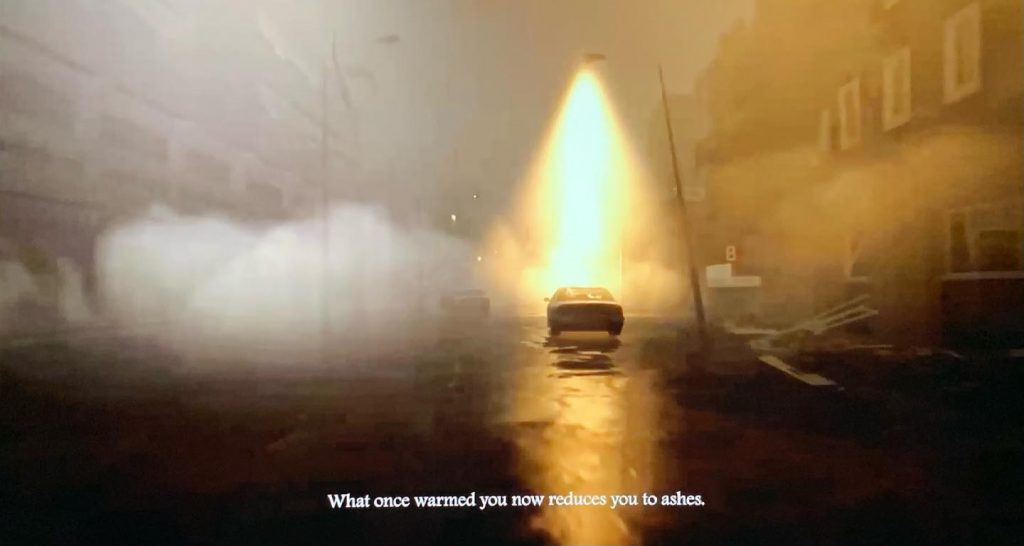
“So it’s still New York. People can’t give up on it. It’s what economists used to call the tyranny of sunk costs: once you’ve put so much time and money into a project, it gets hard to just eat your losses and walk. You are forced by the structure of the situation to throw good money after bad, grow obsessed, double down, escalate your commitment, and become a mad gibbering apartment dweller, unable to imagine leaving. You persevere unto death, a monomaniacal New Yorker to the end.” ― Kim Stanley Robinson, New York 2140
